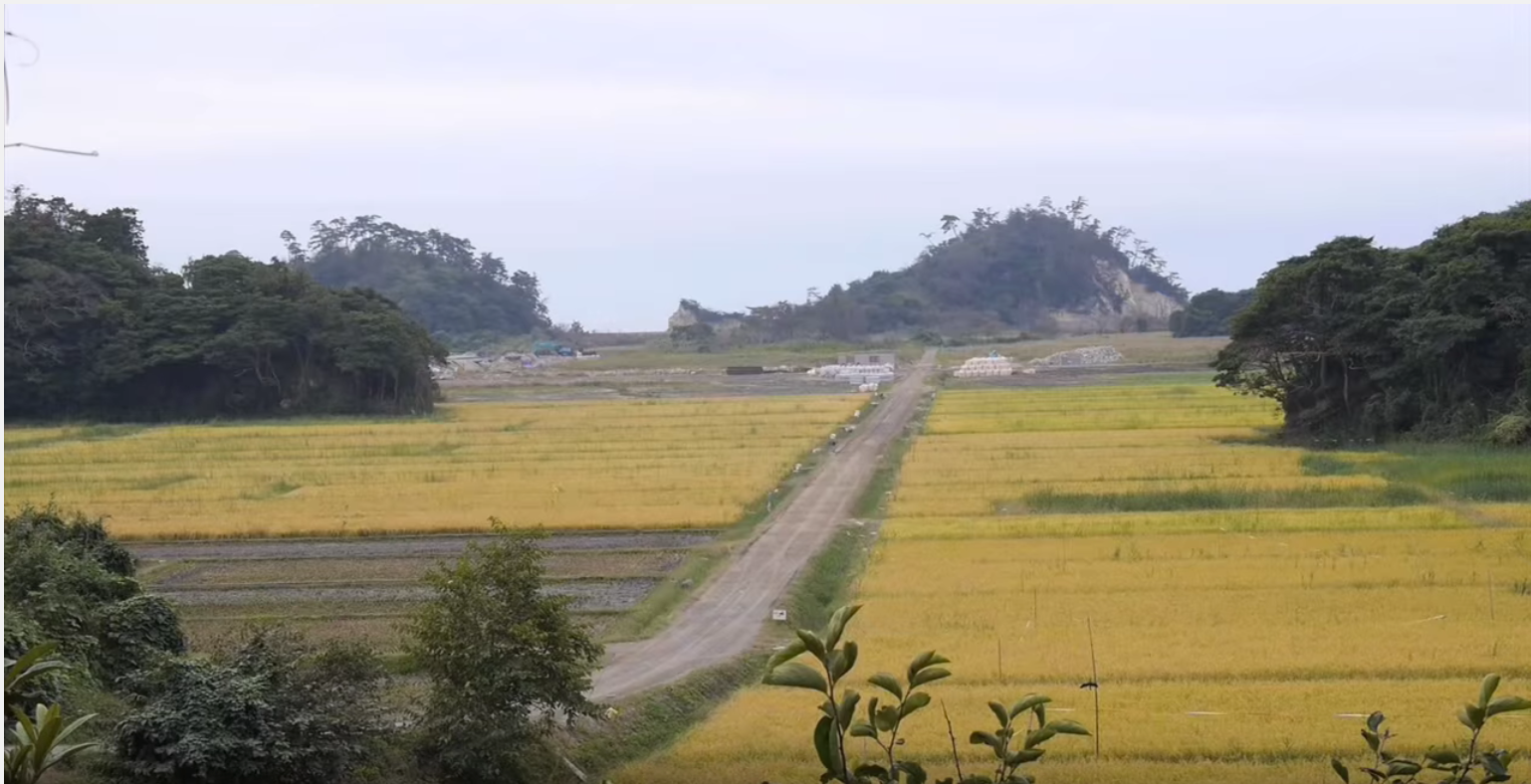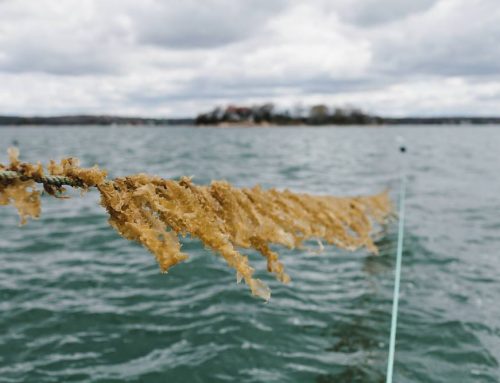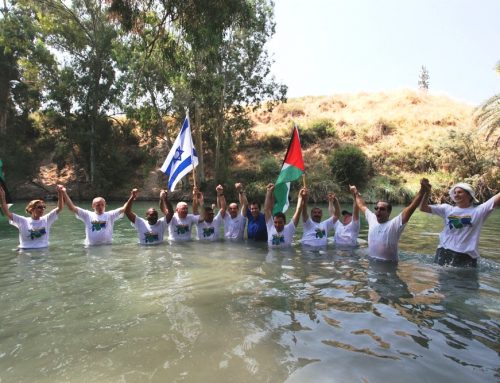How can new ways of discussion trigger action towards sustainability?
Community dialogue sessions were organised by sustainability researchers in the Satoyama Initiative to discuss rebuilding and revitalisation of the Urato Islands after the Great East Japan Earthquake and Tsunami on the 11th of March 2011. These sessions were key turning points for the rebuilding process of the Urato Islands. Two dialogues were held, the first in 2012 and the second in 2014. Strong collaboration between local communities and external stakeholders was the key for an effective community dialogue session. commitment as was organised follow up from several key Universities, and civil society organisations.
The Urato Islands are four islands that are inhabited by several hundred people located near the small city of Shiogama, in Miyagi prefecture, on the north-eastern coast of Japan. The population of these islands lived from small-scale agriculture, fisheries and aquaculture (oysters and seaweed) that were intertwined and supported the rich and unique ecosystems of the islands.
The 2011 tsunami swept over much of the islands, destroying fishing boats, houses and oyster beds, disrupting people, their tools and the produce land and seascape that people had spent centuries creating. The people in Urato are making heroic efforts to rebuild their livelihoods, but the tsunami revealed underlying problems that they share with much of rural Japan:depopulation, ageing populations and a lack of people to take over business. The combination of the Tsunami with these slow changes has made many people worried about whether they can can rebuild their communities in a sustainable way.
The community dialogue sessions with local and external stakeholders in the Urato Island helped to bring new energy to the islanders, over come the damages they got, and embrace new ways of rebuilding their community that used both their own resources and their connections with the outside world. These dialogues focussed on how to use ecosystem services to enhance post-disaster rebuilding and restoration of the Islands, and how to enable communities to enhance their cultural and management practices to sustain both people and ecosystems. The dialogue helped align the efforts long-time residents and newer arrivals as well as locally focussed restoration efforts and externally oriented efforts to create new types of markets and support among the consumers of Urato’s fish and shellfish. The dialogue help unite these local actors, such as fishermen, schools and local organisations, and connect with external stakeholders such as customers, ministry of the environment, NGOs, and universities, to create a shared vision.
This approach of organising community dialogue sessions together with local and external stakeholders can be applicable to any other part of rural areas in Japan struggling with rebuilding and revitalisation of the communities not only for the communities affected by natural disaster, but also for communities who would like to revitalise the area respecting socio-ecological system. A weakness of this type of approach is the limited number of people that can be involved in a dialogue process. Similar approaches to community dialogues could be applied in other areas, and the processes initiated by such dialogues may be able to reorient people and societies world-view in new directions.



